Dacia Hipster Concept: The future of affordable urban mobility might just look a lot like the past — only smarter, cleaner, and more sustainable. Meet the Dacia Hipster Concept, a funky, minimalist, ultra-compact EV that draws inspiration from automotive icons like the Citroën 2CV, Fiat 500, VW Beetle, and the original Mini. Designed with the sole purpose of bringing electric mobility to the masses, the Hipster is a refreshing departure from the trend of increasingly larger, heavier, and pricier electric vehicles dominating the market today. It’s small, simple, practical — and packed with clever engineering ideas that make it one of the most exciting EV concepts in recent years.
At just 3 meters long and 1.5 meters wide, the Hipster is astonishingly compact, yet it can comfortably seat four adults and swallow up to 500 liters of luggage. Dacia has managed to make it 20% lighter than the all-electric Spring, and the company claims it could halve the carbon footprint of current EVs over its lifetime. In an era where even budget EVs have become prohibitively expensive, the Hipster’s radical simplicity and cost-conscious design philosophy aim to reset expectations. Dacia calls this approach “Eco-Smart,” but it’s really just common sense — use fewer materials, make the car lighter, shrink the battery, and pass the savings (and sustainability) on to the customer.
The Hipster is more than just a nostalgic nod to the past — it’s a statement about the future of urban transportation. Most daily journeys are short: 94% of drivers in France travel less than 24 miles per day, and in the UK the average is just 19 miles. This means most EVs are overbuilt for the task. Dacia believes that by focusing on what people truly need rather than what they’re told they want, the Hipster offers a smart, efficient solution for urban and suburban commuters. With a range of around 150 km (93 miles) and a charging schedule of just twice a week, it redefines practicality and efficiency in the EV era.
Specifications: Dacia Hipster Concept – At a Glance
| Feature | Specification |
|---|---|
| Model | Dacia Hipster Concept |
| Vehicle Type | Compact Urban Electric Car |
| Length | 3.0 meters |
| Width | 1.5 meters |
| Seating Capacity | 4 adults |
| Boot Space | Up to 500 liters |
| Weight | 20% lighter than Dacia Spring |
| Estimated Range | ~150 km (93 miles) |
| Battery Details | Not disclosed |
| Charging Frequency | Twice a week (typical usage) |
| Material Innovation | Starkle recycled plastic (20% recycled) |
| Interior Features | Bench seat, sliding windows, smartphone docking, YouClip system |
| Safety | Dual airbags, high beltline structure |
| Connectivity | Smartphone-as-key, Bluetooth speaker integration |
Features and Highlights
1. Lightweight and Efficient Design
Dacia’s “Eco-Smart” design philosophy ensures the Hipster is both cost-effective and sustainable. Its lightweight construction reduces the need for a large battery, cutting manufacturing costs and energy use. The result is a virtuous cycle of efficiency — less weight means less power consumption, which means a smaller battery and lower cost.
2. Compact but Spacious
Despite its tiny footprint, the Hipster maximizes interior space with a cube-like design. Clever packaging allows for four adult seats and 500 liters of boot space, making it surprisingly practical for a small urban car.
3. Sustainable Materials
The body is constructed using Starkle, a recycled plastic derived from old bumpers and dashboards. Dacia has embraced the material’s distinctive speckled finish as part of the car’s identity, underscoring its sustainability credentials.
4. Minimalist Interior Innovation
Inside, simplicity reigns. Fabric straps replace door handles, bench seating reduces weight, and sliding windows cut costs and complexity. There’s no built-in infotainment screen — instead, your smartphone docks into the dashboard, serving as the car’s key, navigation system, and media center.
Performance and Range
The Hipster’s powertrain specifications remain under wraps, but Dacia’s focus is clear: essential performance for everyday driving. With an estimated range of 150 km (93 miles), it’s perfectly suited to short urban commutes and weekend errands. The lightweight design ensures brisk acceleration for city driving while minimizing energy consumption. Its smaller battery also means faster charging times and lower ownership costs — a critical factor for first-time EV buyers.
Design: Simple, Functional, and Fun
The Hipster’s design is a masterclass in minimalist creativity. By embracing a boxy, cube-like form, Dacia has maximized interior space without compromising strength or aesthetics. The split tailgate opens wide for easy loading, while the rear lights are tucked behind the glass to eliminate unnecessary parts. Only three painted panels are used on the entire body, reinforcing the brand’s stripped-back philosophy.
The overall look blends playfulness with practicality — a high beltline and upright stance lend it a reassuring robustness, while its compact proportions and quirky personality make it stand out in the city.
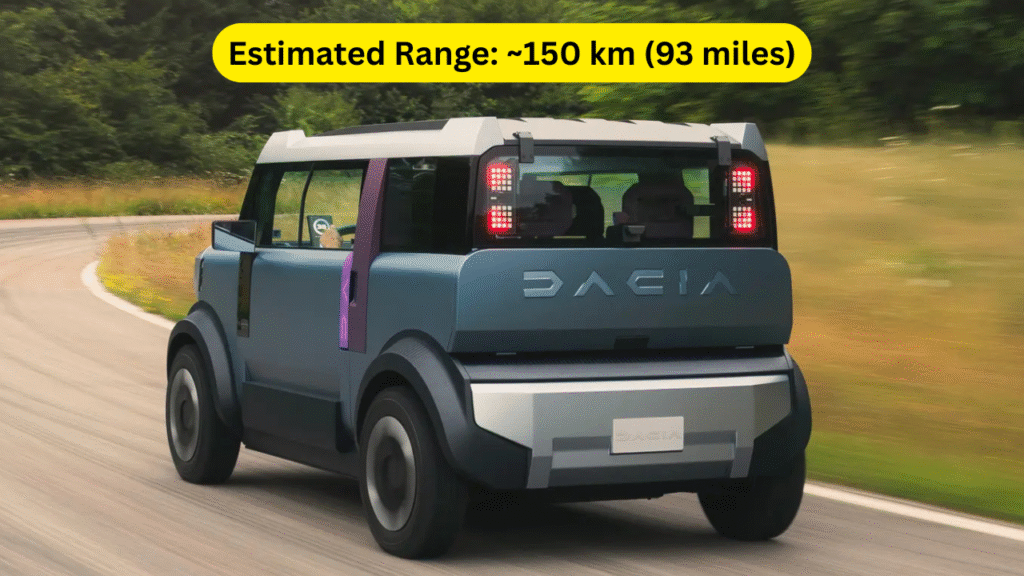
Interior: Essential Comfort Meets Clever Thinking
Inside, the Hipster is basic but thoughtfully designed. Lightweight bench seating, visible structural components, and manual adjustments keep weight and costs low. The YouClip system offers 11 modular anchor points for accessories like cupholders, storage boxes, and armrests, allowing owners to customize their space.
The bring-your-own-device approach is another clever touch: your smartphone acts as the infotainment hub, digital key, and media player when paired with a YouClip Bluetooth speaker. This simplicity reduces complexity while enhancing functionality.
Exterior: Kei Car Inspiration with European Flavor
Inspired by Japan’s kei cars, the Hipster’s exterior is defined by short overhangs, tall cabin space, and clean, utilitarian lines. The design avoids unnecessary styling flourishes, focusing instead on function and recognizability. With a single body color option and minimal paintwork, production costs and environmental impact are further reduced.
Also read: 2025 Chevrolet Corvette E-Ray Review: The Hybrid American Icon Reinvented
Price and Launch Date
While Dacia has not yet announced pricing or production plans, the Hipster is clearly aimed at the budget EV segment. If it reaches production, experts predict a starting price below €20,000 (~₹18 lakh), positioning it as one of the most affordable electric cars in Europe. A launch window around 2026–2027 seems likely, depending on market readiness and regulatory approvals.
Other Notable Details
- High beltline for added occupant protection.
- Sandero-like driving position for comfort and familiarity.
- Two-part tailgate improves loading practicality.
- Potential for high-volume production once material costs decrease.
Conclusion
The Dacia Hipster Concept is more than just another urban EV — it’s a statement of intent. In a market dominated by feature-packed, oversized electric cars, the Hipster strips things back to the essentials, focusing on affordability, sustainability, and simplicity. It reminds us that the future of mobility doesn’t have to mean more — sometimes, less is more.
Its compact size, lightweight construction, and clever use of recycled materials make it a blueprint for the next generation of urban vehicles. It’s not trying to compete with premium EVs on range or luxury — instead, it’s carving out a new niche for itself: the everyman’s electric car, accessible and practical for millions.
If Dacia can deliver the Hipster at a truly affordable price point, it could spark a new wave of minimalist electric vehicles that challenge the status quo. It’s a bold move — and one that feels perfectly timed as cities push for greener, more efficient transport solutions.
In many ways, the Hipster embodies the spirit of the original Mini, Fiat 500, and VW Beetle — cars that democratized mobility in their time. Now, Dacia wants to do the same for the EV era. And judging by this concept, it might just succeed.
FAQ – Dacia Hipster Concept
1. What is the Dacia Hipster and why is it important?
The Dacia Hipster is an ultra-compact, four-seater EV concept designed to make electric mobility affordable and accessible. Inspired by iconic small cars like the original Mini and Japan’s kei cars, it aims to offer essential features without unnecessary extras. Its focus on simplicity, sustainability, and affordability could redefine the entry-level EV market.
2. How far can the Dacia Hipster travel on a single charge?
While Dacia has not disclosed official battery specifications, the company estimates a range of around 150 km (93 miles). This range is tailored for urban and suburban use, where most daily journeys are under 30 km. With typical usage, the Hipster would only need charging twice a week, reducing the hassle for city drivers.
3. What makes the Hipster more sustainable than other EVs?
The Hipster is about doing more with less. Its lightweight build reduces energy consumption, allowing for a smaller and cheaper battery. The use of recycled Starkle plastic minimizes waste, and its simple construction lowers resource use during manufacturing. Combined, these choices halve the carbon footprint compared to conventional EVs.
4. Will the Dacia Hipster go into production?
As of now, the Hipster remains a concept car, but its positive reception and alignment with Dacia’s mission make a production version highly likely. Industry insiders expect a potential launch between 2026 and 2027, pending market readiness and final design decisions.
5. How much will the Dacia Hipster cost?
Pricing has not been officially confirmed, but Dacia aims to make the Hipster one of the most affordable EVs in Europe. Analysts predict a starting price below €20,000 (~₹18 lakh), significantly undercutting many current electric vehicles and making EV ownership more attainable for first-time buyers.
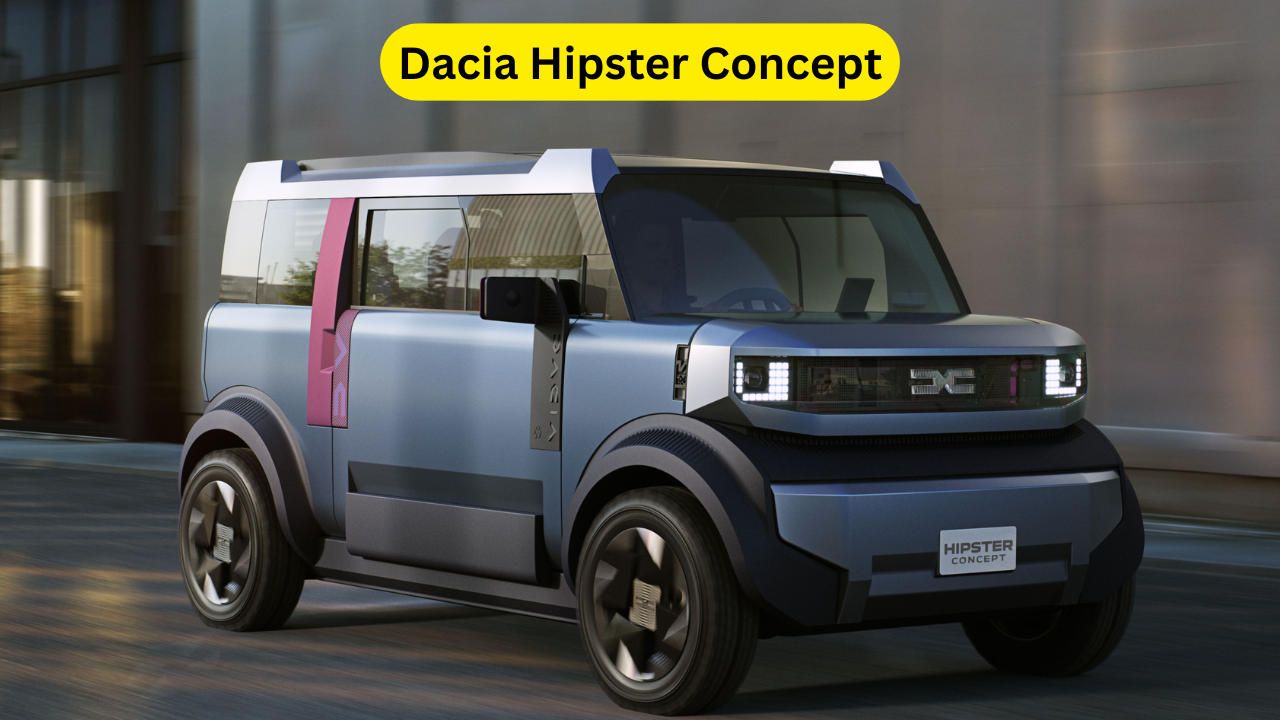
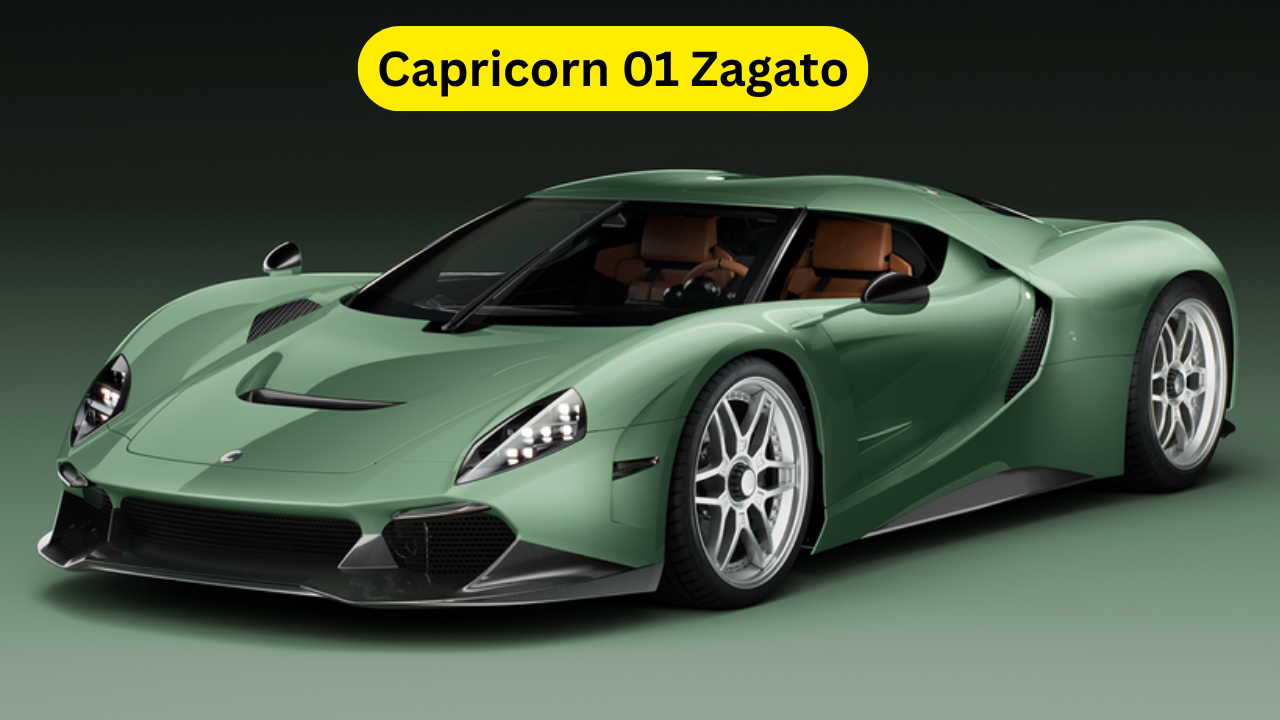
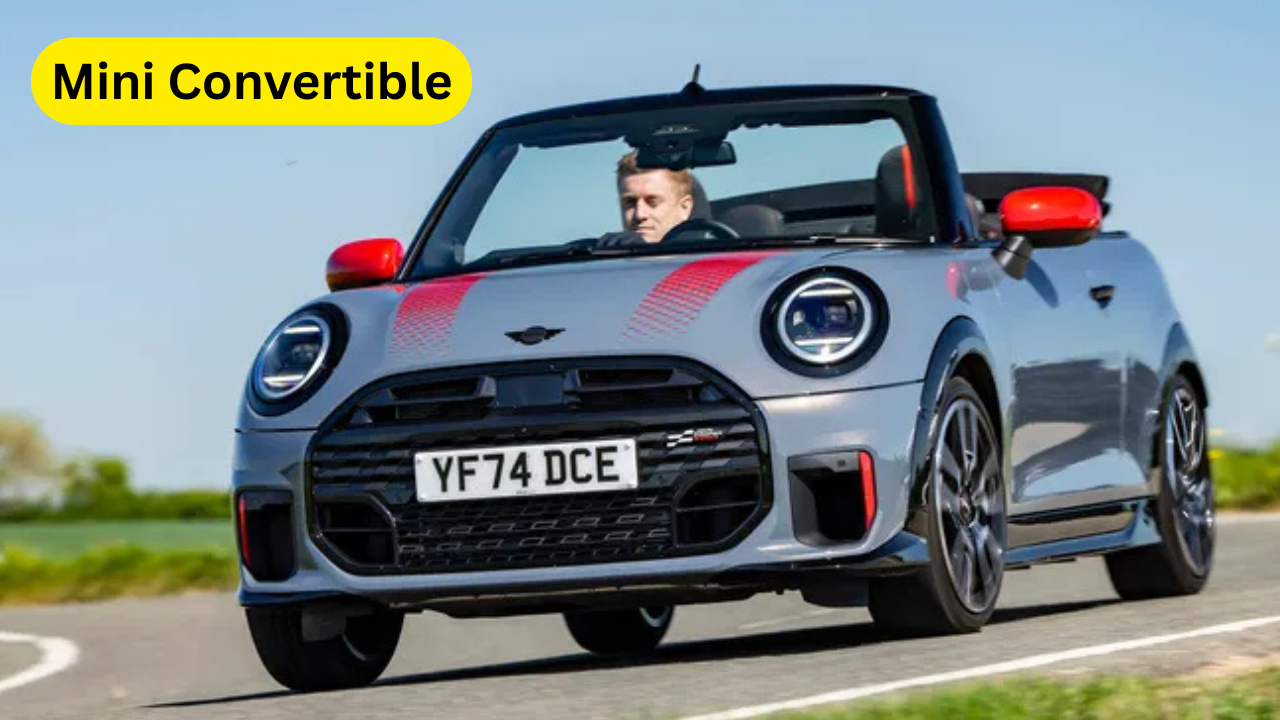
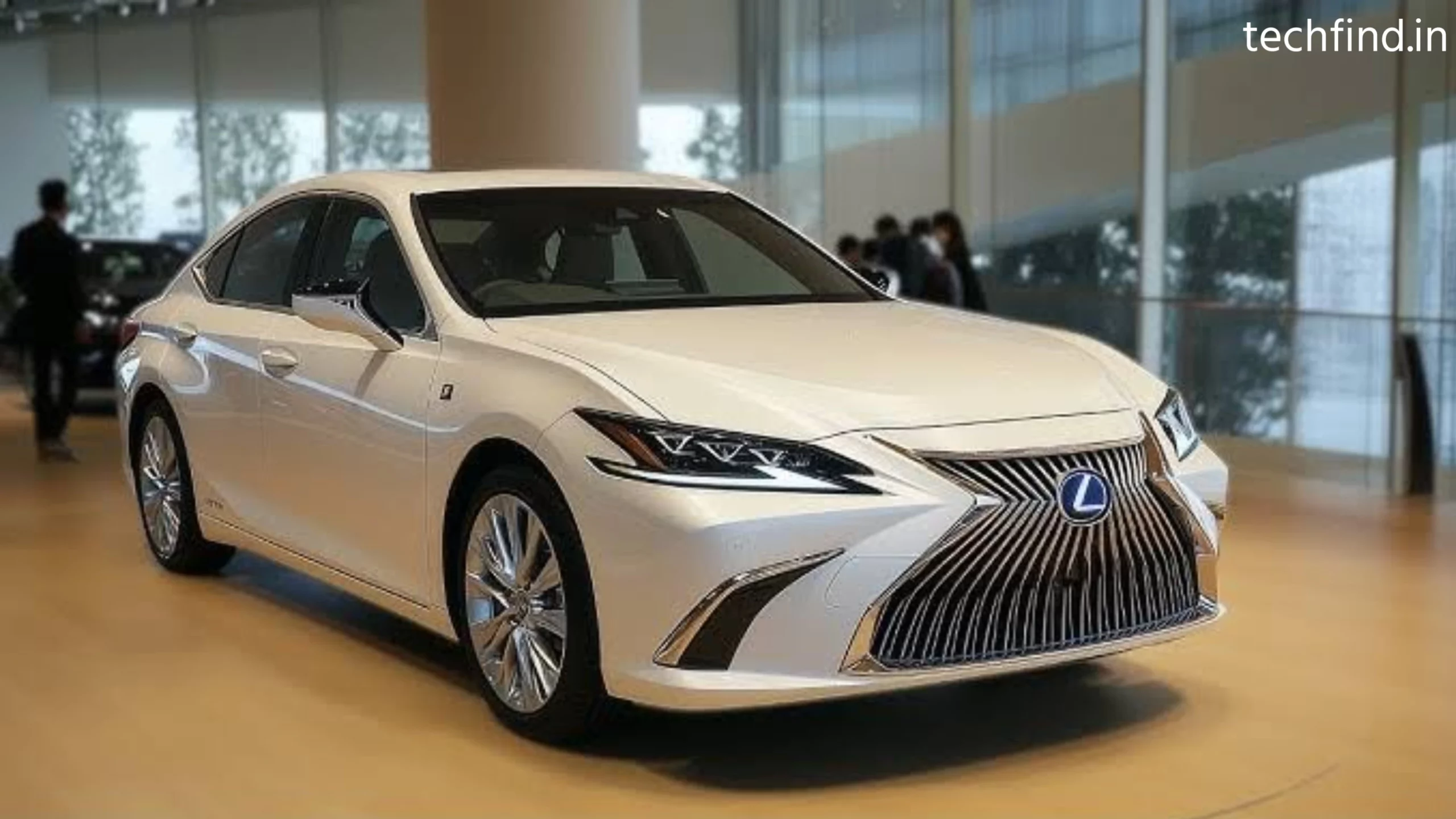
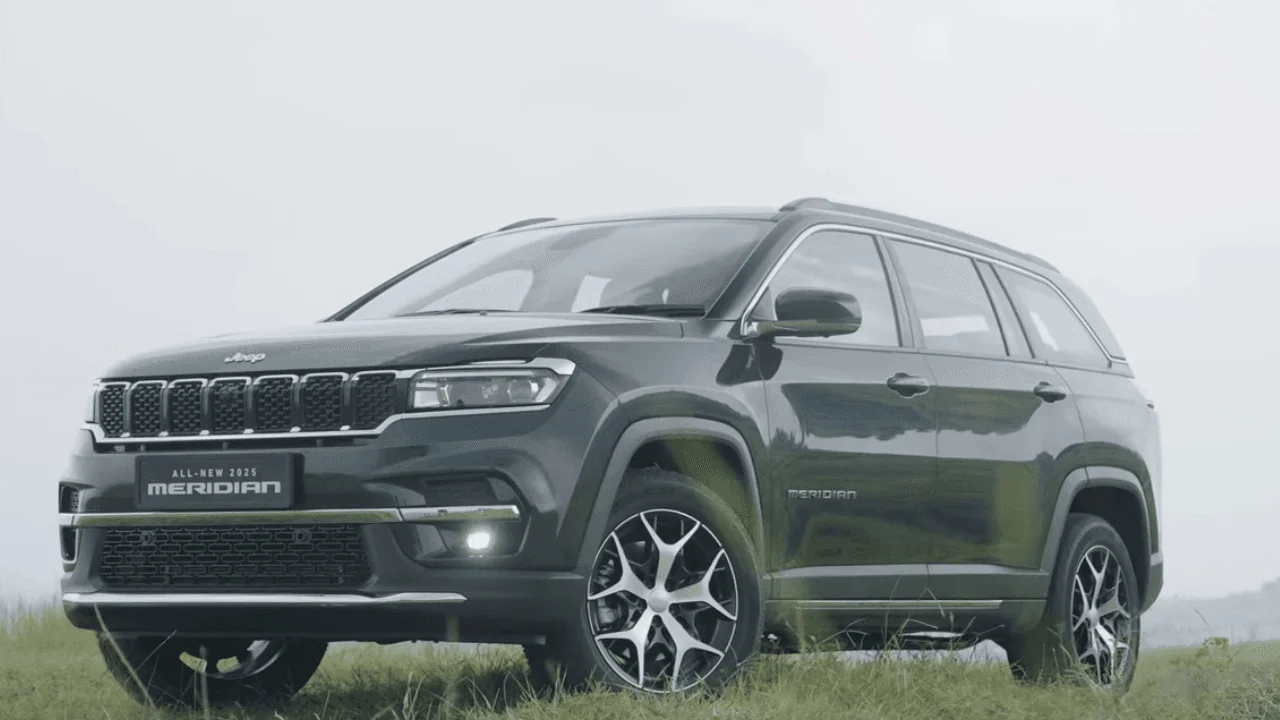
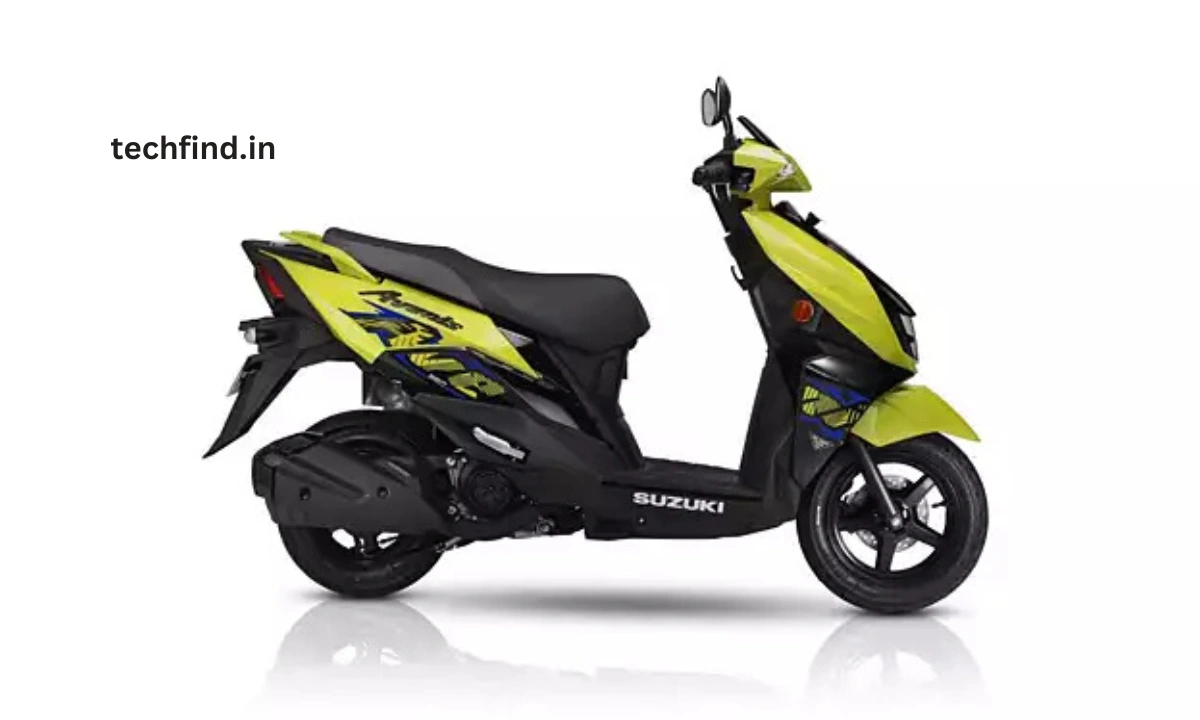
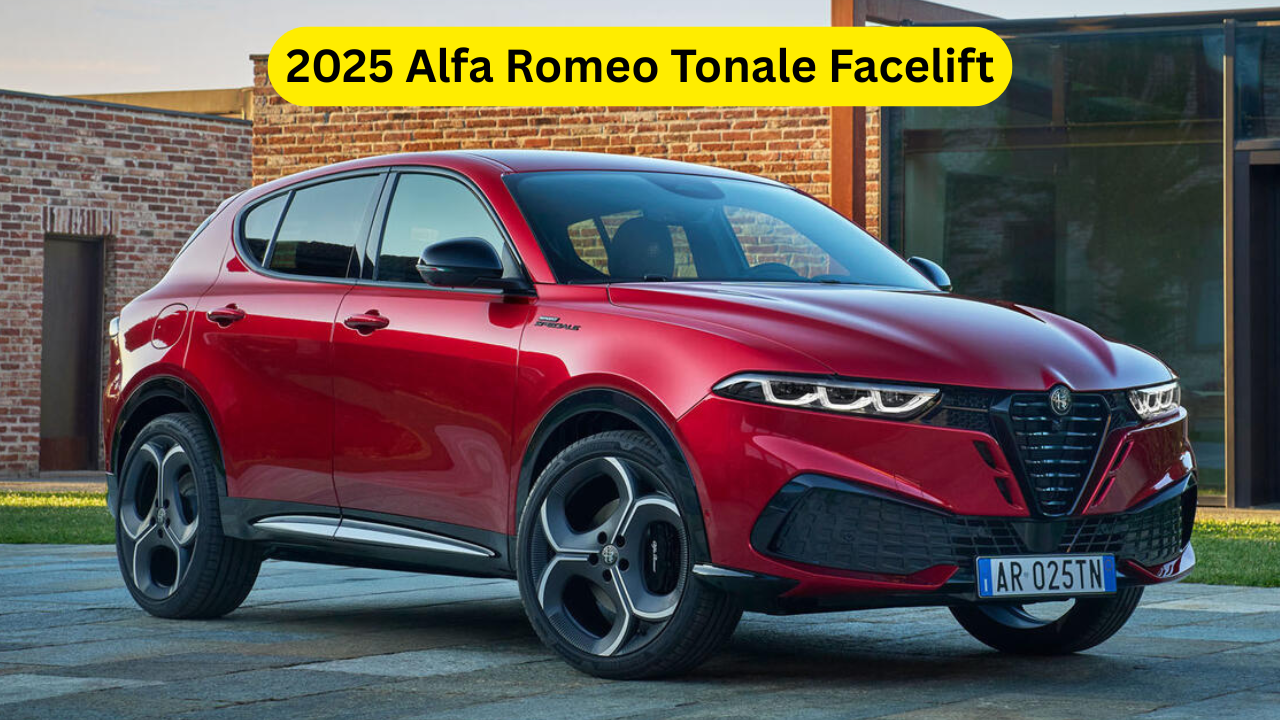


1 thought on “Dacia Hipster Concept: A Tiny, Lightweight EV Inspired by the OG Mini and Japan’s Kei Cars”